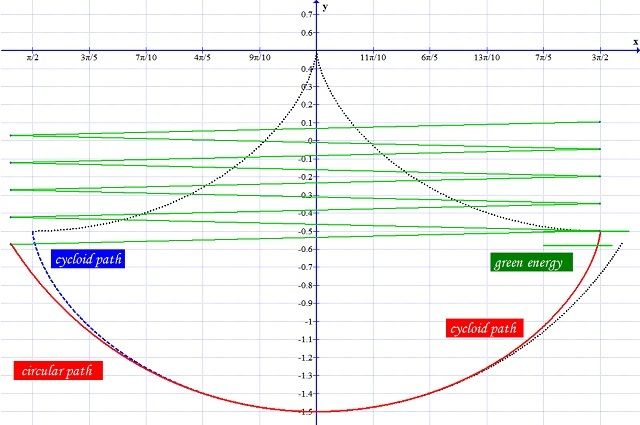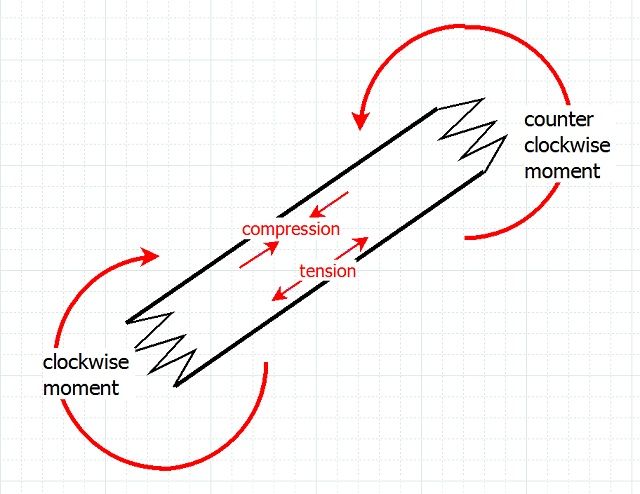
Above shows the path of the bob as it tacks steadily into the gravitational wind.
I know a lot of members don't like me using the analogy of a vertical wind to represent gravity.
However, I find it extremely useful and intend to continue using it regardless.
Just as in sailing we are dealing with two media, the active force of the gravitational wind
and the passive force of the earth reaction which is analogous to the passive force of the sea
reaction on the keel of a yacht.
Of course the sea can also exhibit active forces when currents are present.
This makes things more complicated for the air-sea system. In our case things like the wheel
axle are generally stationary with respect to the high inertia earth.
I know that if we have two media in relative movement there is always a way to extract
energy from that movement. The trick is to find out how to do it in quantity and on a
continuous basis.





